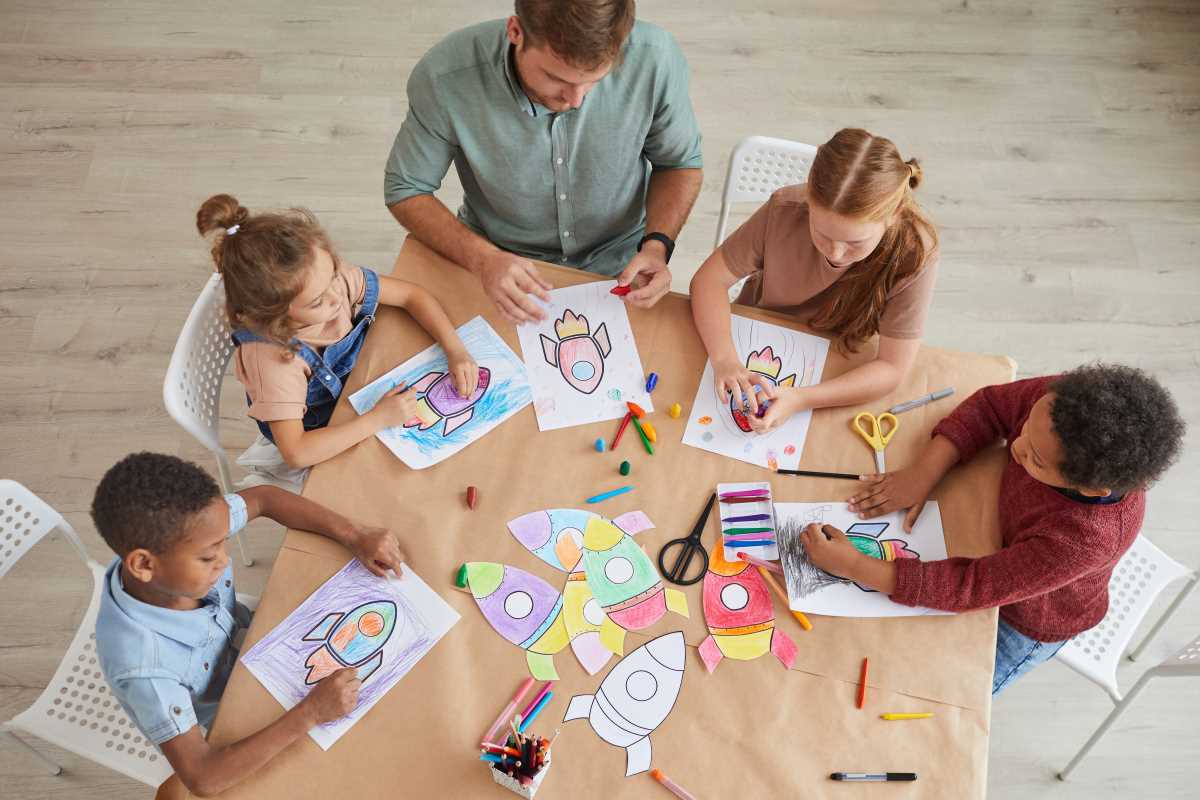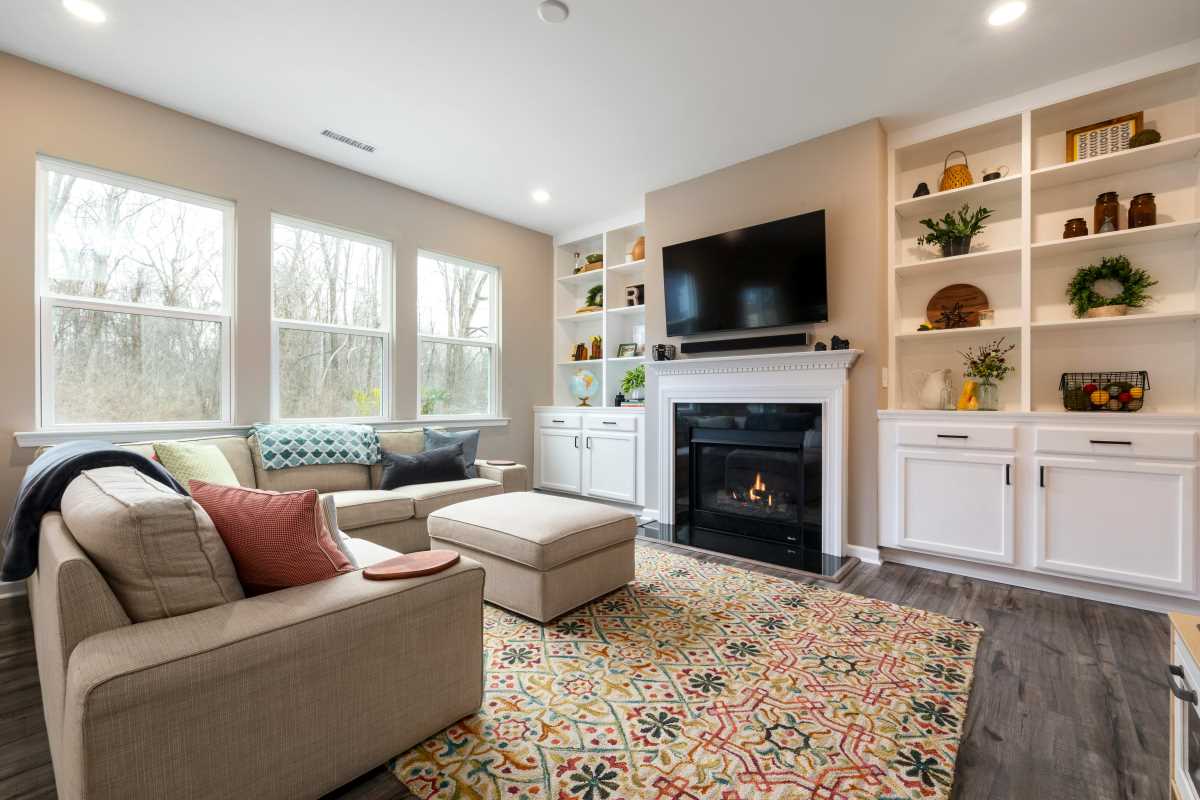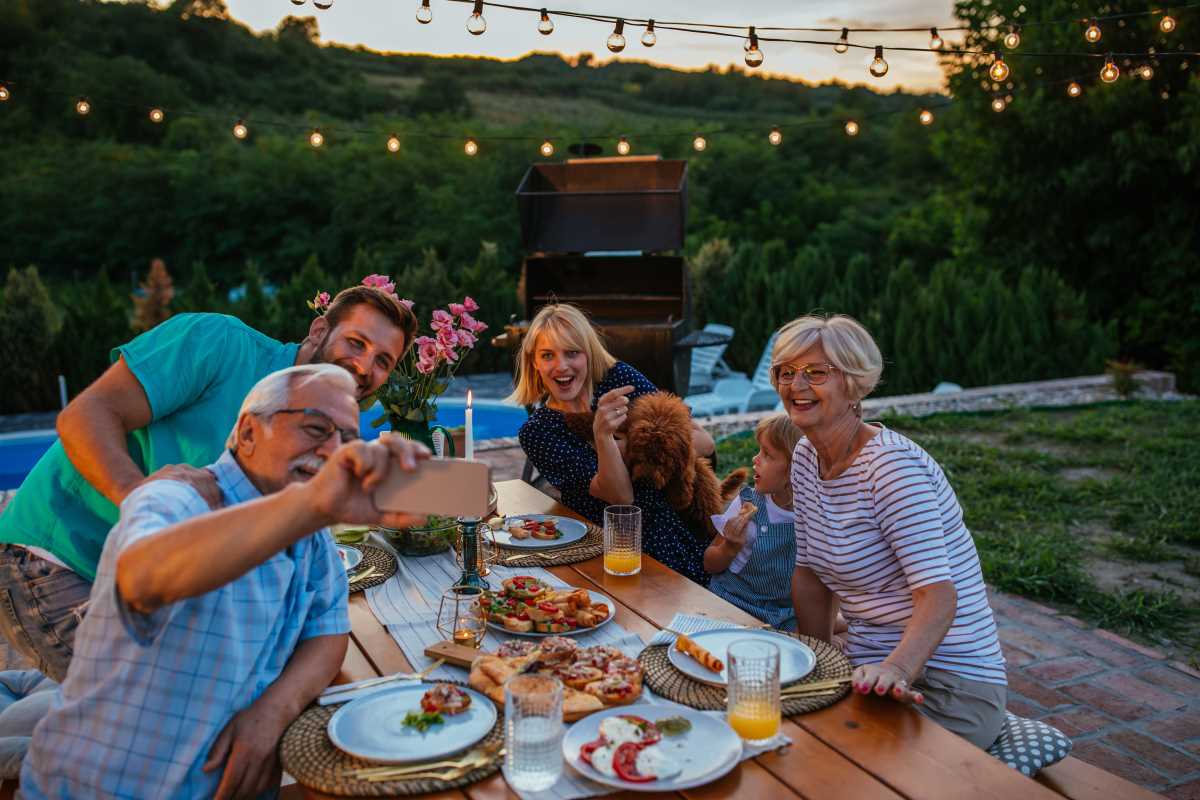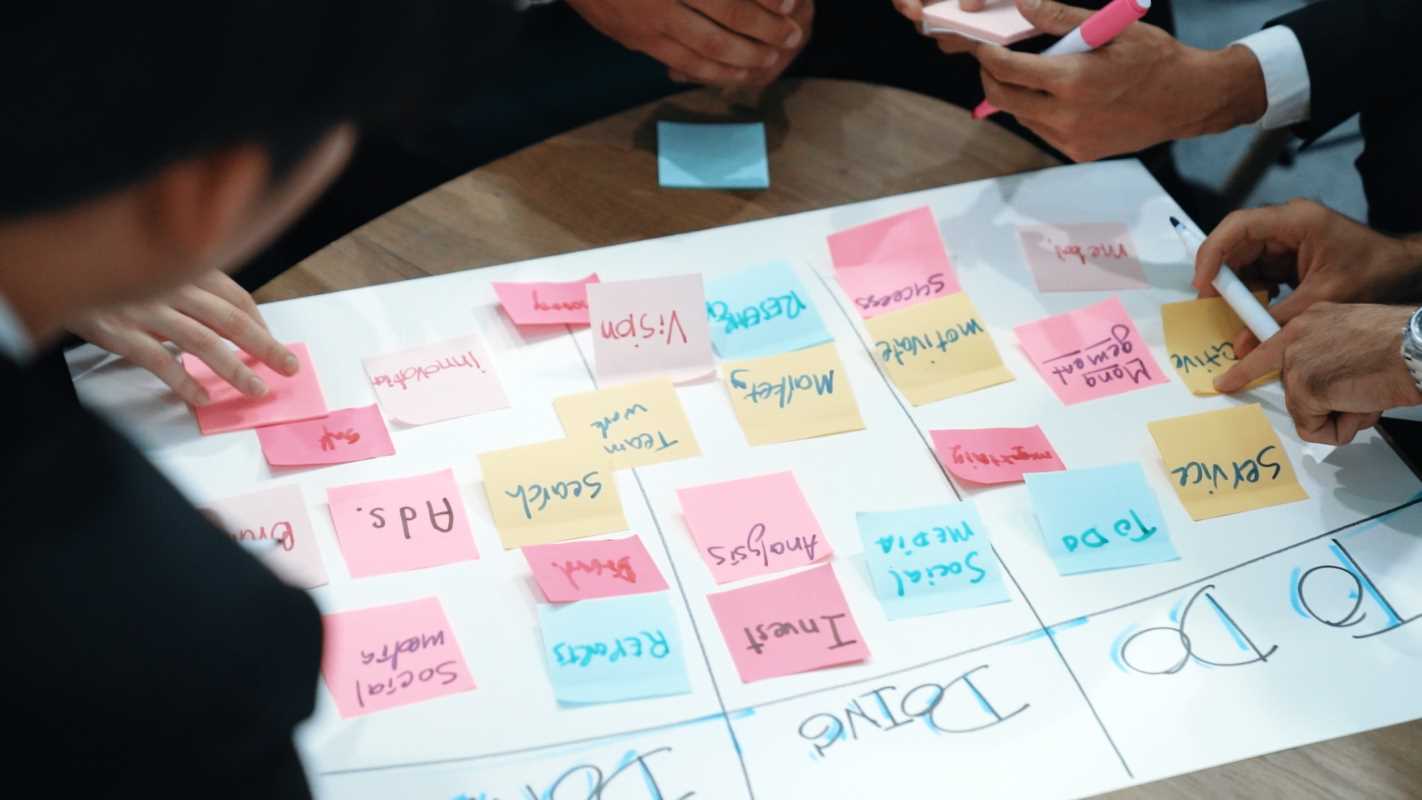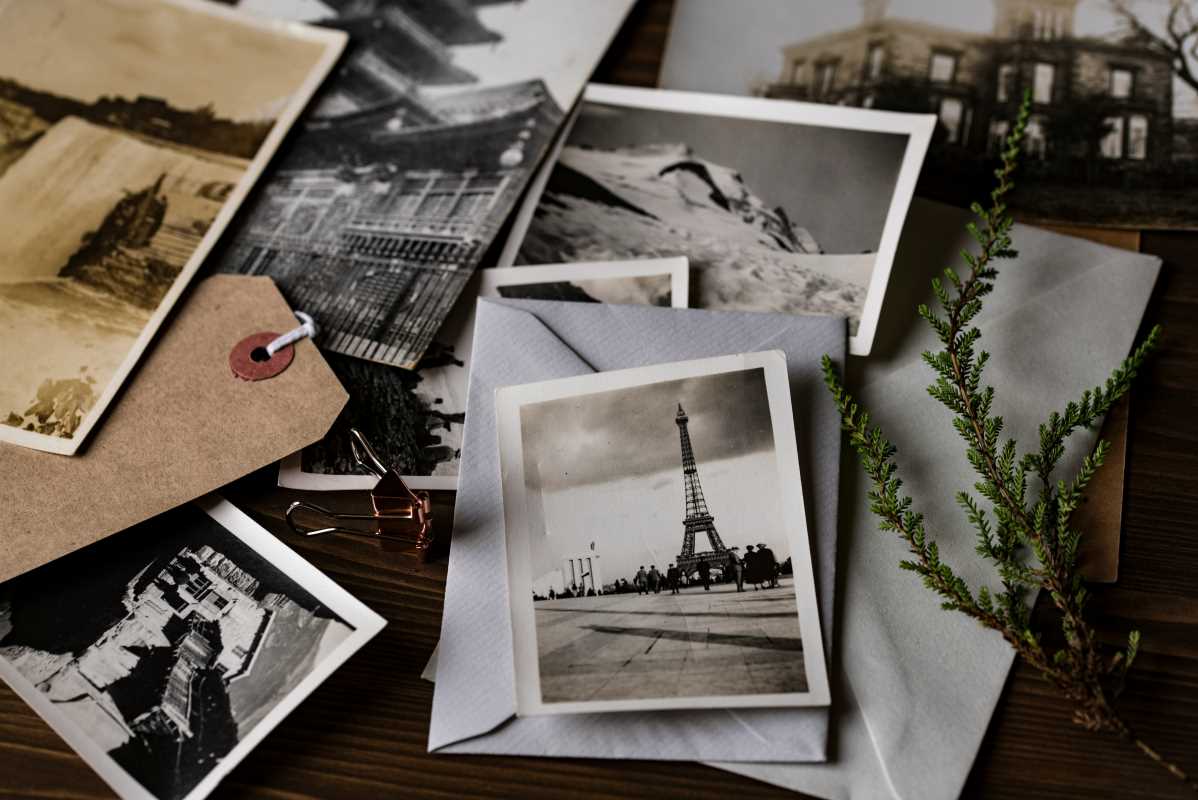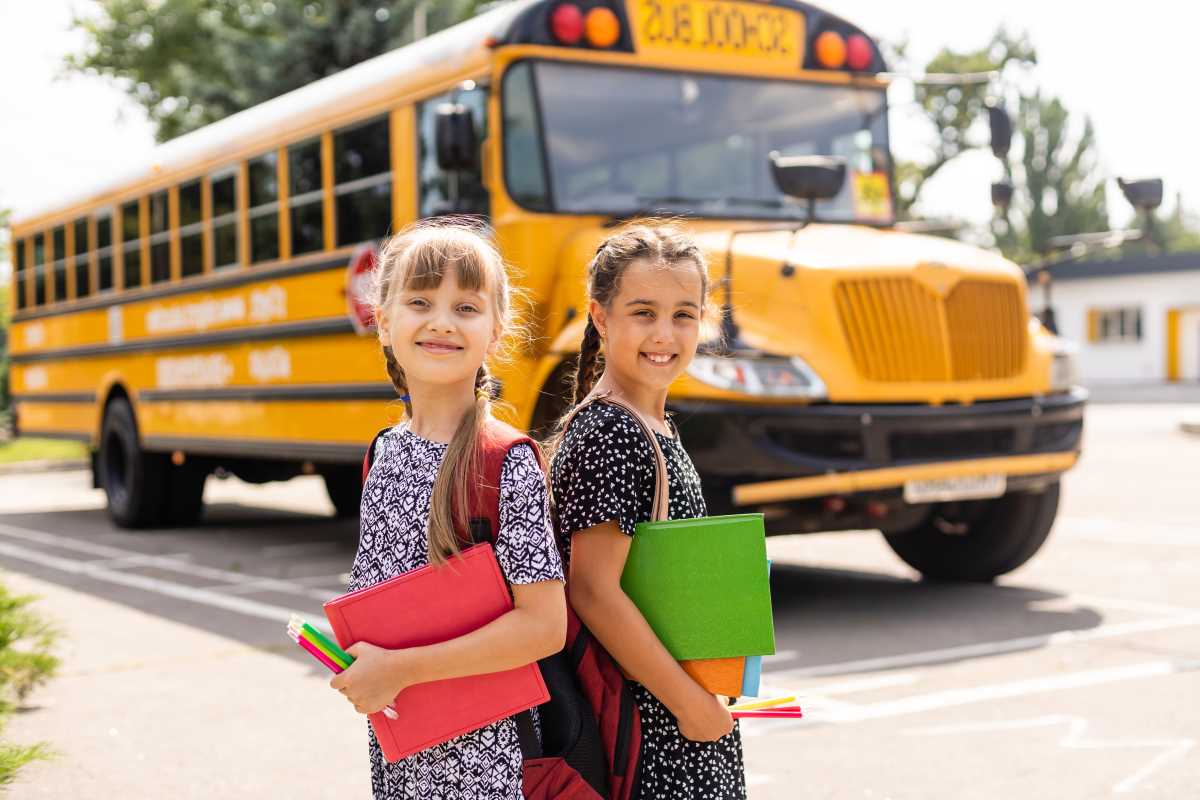As a busy parent, the idea of creating a playroom for your young kids might seem like a fun, yet overwhelming task. Between work, household chores, and trying to carve out some family time, it’s easy to put off something like designing a playroom. However, it doesn’t have to be a huge project that takes up all your time and energy. With a little planning and creativity, you can design a space that is not only safe but also fun, stimulating, and easy to maintain. Whether you have a dedicated room or just a corner of your living area, creating a playroom that works for your family is totally doable. In this guide, we’ll break down some essential tips and ideas that will help you design a playroom your kids will love, while making sure it’s practical and safe for their development. Ready to turn that room (or space) into the ultimate kid-friendly zone? Here's what you should consider!
1. Prioritize Safety First
When designing a playroom for young kids, safety is non-negotiable. Kids are naturally curious and can get into everything, so you’ll need to ensure the space is free of any hazards that could potentially cause injury. Start by baby-proofing the room—this doesn’t just mean covering sharp corners but also thinking about things like electrical outlets, choking hazards, and unsecured furniture.
Key safety tips:
- Secure Furniture: Use wall anchors or furniture straps to secure tall shelves or heavy furniture to the wall. Kids often climb on things, and you don’t want something to topple over.
- Cover Outlets: Plug outlet covers into any exposed outlets to prevent little fingers from exploring. You can find outlet covers at any home goods store.
- Use Soft Flooring: A soft, cushioned floor will help prevent injury from falls. Look into foam mats, carpet tiles, or rugs with extra padding.
- Avoid Small Toys or Choking Hazards: If you have small toys, make sure they’re age-appropriate and not small enough to be a choking risk.
2. Choose Age-Appropriate Furniture
The furniture in a playroom should be designed with your child’s age and development stage in mind. For younger kids, opt for pieces that are low to the ground and have rounded edges to minimize the risk of injury. As kids grow, they’ll need more functional furniture that supports their development, such as play tables, chairs, or storage bins that are easy for them to access.
Furniture ideas:
- Low Shelving: Shelves at a kid-friendly height make it easier for children to access and return toys independently. This helps encourage their independence and keeps the room organized.
- Soft Play Mats: Soft mats not only provide comfort but also can help define different areas of the playroom, like a reading nook or activity zone.
- Multi-Use Furniture: Look for furniture that can grow with your child. For example, a small table and chairs set can be used for both playtime and creative activities like drawing or coloring.
- Toy Storage: Storage bins or baskets can keep the room tidy and prevent toys from taking over the space. Choose clear storage options to help kids see where things go, or color-code the bins for easier organization.
3. Create Zones for Different Activities
One of the best ways to design a playroom that’s both functional and fun is by creating zones for different activities. Having designated spaces for different types of play can help keep the room organized and make it easier for your child to transition from one activity to the next. Plus, it allows you to create a structured, yet flexible, environment that supports various aspects of development—physical, creative, and intellectual.
Ideas for creating activity zones:
- Reading Nook: Create a cozy corner with a bean bag chair, soft pillows, and a small bookshelf. This gives your child a place to relax, read, and unwind.
- Creative Zone: Set up a small art station with washable markers, crayons, paper, and easels. Encourage your little one to explore their creativity with a dedicated space for arts and crafts.
- Building Zone: If your child loves building blocks or construction toys, set aside a section of the room for this type of play. A low table or mat can make it easy to spread out and build towers, castles, or whatever their imagination creates.
- Movement Area: If space allows, create a little area for physical play, such as a small trampoline, play tunnel, or even a soft ball pit. This will help burn off energy, especially on days when outdoor play isn’t possible.
4. Keep It Fun and Stimulating
A playroom isn’t just for storage—it’s meant to be a space that sparks your child’s imagination and encourages active play. Fill the room with toys, books, and materials that support different types of learning and creativity. Choose toys that stimulate problem-solving skills, such as puzzles, building blocks, and shape sorters.
Fun and stimulating ideas:
- Interactive Walls: Think about incorporating wall-mounted activities like a chalkboard, dry erase board, or magnetic board. These can be great for drawing, writing, or learning letters and numbers.
- Learning Posters and Decor: Bright colors, alphabet posters, number charts, and fun wall art can help your child associate learning with play. Look for decor that’s not just cute but can also teach, like animal posters or maps of the world.
- Sensory Play: Sensory toys, like textured balls, squishy toys, and water beads, are excellent for helping little ones develop their fine motor skills and engage their senses. A sensory bin filled with rice, beans, or sand can provide hours of entertainment.
- Musical Instruments: A small musical area with instruments like xylophones, tambourines, or maracas can introduce your child to rhythm, sound, and music.
5. Organize and Declutter the Space
A cluttered room is often a stressful space, even for kids. The key to keeping the playroom fun and functional is organization. When designing the playroom, make sure there are plenty of storage options that are accessible to your child, so they can help clean up after playtime. An organized playroom encourages children to keep toys in their place and reduces frustration when they can’t find what they’re looking for.
Tips for staying organized:
- Label Storage Bins: Whether you use stickers, pictures, or simple labels, make sure everything has a place. This not only helps keep the room neat but also teaches kids about organizing and taking responsibility for their space.
- Regular Decluttering: Kids accumulate a lot of toys over time, and it’s easy for things to get out of hand. Set aside time every few months to go through toys and donate or discard items that are no longer used.
- Keep the Floor Clear: Make sure the floor has enough space for play and movement. A lot of toys on the floor can make the space feel cramped and overwhelming. Store larger toys or equipment in closets or toy bins when not in use.
6. Make It Easy to Clean
Let’s face it—kids can make a mess. But keeping the playroom clean doesn’t have to be a huge chore. Choose materials and finishes that are easy to wipe down and maintain. Whether it’s washable rugs, stain-resistant furniture, or spill-proof storage bins, keeping the space kid-friendly and low-maintenance can save you a lot of time and stress.
Cleaning-friendly options:
- Washable Rugs: Opt for rugs that can be easily tossed in the wash or cleaned with a vacuum cleaner.
- Wipeable Surfaces: Furniture with smooth, wipeable surfaces—like plastic or faux leather—will stand up to spills and dirt much better than fabric pieces.
- Easy-to-Clean Toys: Wooden or plastic toys are generally easier to wipe down than plush ones. Keep in mind that some toys, like those with fabric, will need a bit more upkeep.
7. Involve Your Kids in the Process
Finally, involve your children in the design process. Let them help pick out toys, pick their favorite colors for the walls, or choose where their books and toys will go. This will make the playroom feel like their own special space and will help them take ownership of the room. Plus, it’s a great opportunity to teach them about organization and creating a space that works for everyone.
